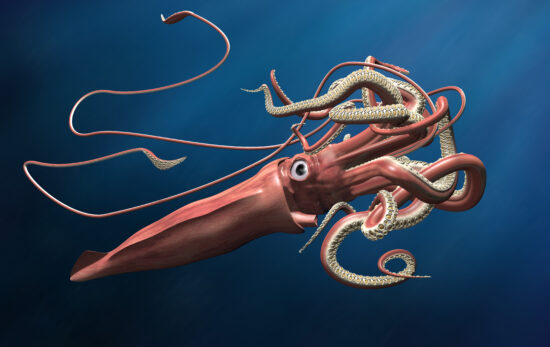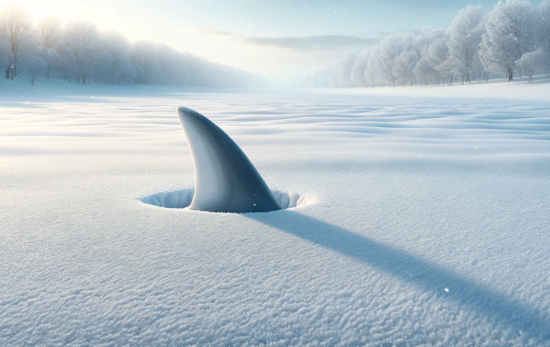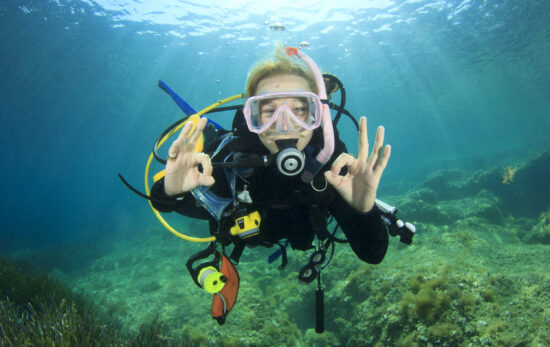This article was originally published on the TecRec blog on February 14, 2011.
PADI Divemaster Dmitry Kondratyev (DM# 280940), is leading an international team of six cosmonauts as Commander of Soyuz TMA-20, the latest manned spaceflight to the International Space Station (ISS). TMA-20 departed Earth at 19:09 GMT on December 15, 2010, docking with the ISS two days later at 20:12 GMT on the 17th, while flying over western Africa at a height of 224 miles and covering the ground below at 17,500 miles / 28,160 Km per hour (that’s about five miles / 8km per second).
Dmitry completed his Divemaster course with PADI Instructor Valery Nesmeyanov, at the appropriately named “Star” PADI IDC Center (s32083) outside Moscow, associated with “Star City” where all Russia’s cosmonauts have been trained (along with quite a few international aeronauts as well). Being on the cosmonaut training team at Star City, Valery has taught three more of these intrepid explorers recently, all of whom have joined the ranks of PADI Professionals as Divemasters. One of their number, Konstantin Valkov (DM# 274629), is also currently training in Texas, USA, for his own forthcoming journey into space. Before Konstantin Valkov left for America, staff at PADI’s redistribution center in Moscow (RDC) had an opportunity to interview him, and here is what he said about the connection between exploring inner and outer space.
RDC: “Hi Konstantin, and congratulations on your new PADI certification, we are proud of seeing a professional cosmonaut joining the team of PADI Members also! There is one question we really wanted to ask you; is there anything in common between diving and space flight?
Konstantin Valkov (KV): Thanks for your kind congratulations! Yes, of course, there are definitely some similarities between diving and venturing into space; we train in a huge diving tank called a “hydrolaboratory”, for example, where the weightlessness we experience as divers simulates the weightlessness of outer space. It’s not exactly the same as the weightless feeling in space; however it allows us get used to wearing and working in space-suits and teaches us to work on an exact copy of the space station. Before you start this training, you need to have completed the course using scuba diving gear, in other words – to become a diver.
RDC: How long have you been a diver?
KV: “I started to learn in 2000, as there were several PADI Members among our instructors in the hydrolaboratory. At the beginning, we started to dive and were certified as military divers, which is a required certification for working under the water in the military establishment at Star City, but this system is not the same as PADI. I know a lot of military divers who go on to pass PADI exams, becoming PADI divers & Instructors, as this provides the opportunity to dive in any place and country. Open Water diving is one of the requirements of the cosmonauts’ course, that’s why I am so into PADI.”
RDC: Do you plan to try PADI Tec courses?
KV: “I haven’t tried that yet, but our experience of diving in the hydrolaboratory is a lot like technical diving I would say. We’ll see – I am certainly interested in wreck diving, and many shipwrecks are very, very deep!“
RDC: Are you going to become a PADI Instructor?
KV: “I am not sure yet, as I really don’t have enough time. I am thinking of becoming an Assistant Instructor first, but my friends are already asking me when I will start teaching them!”
Congratulations to Dmitry, Konstantin and indeed all new PADI Members – and thanks for choosing PADI as your partner in scuba instruction.






